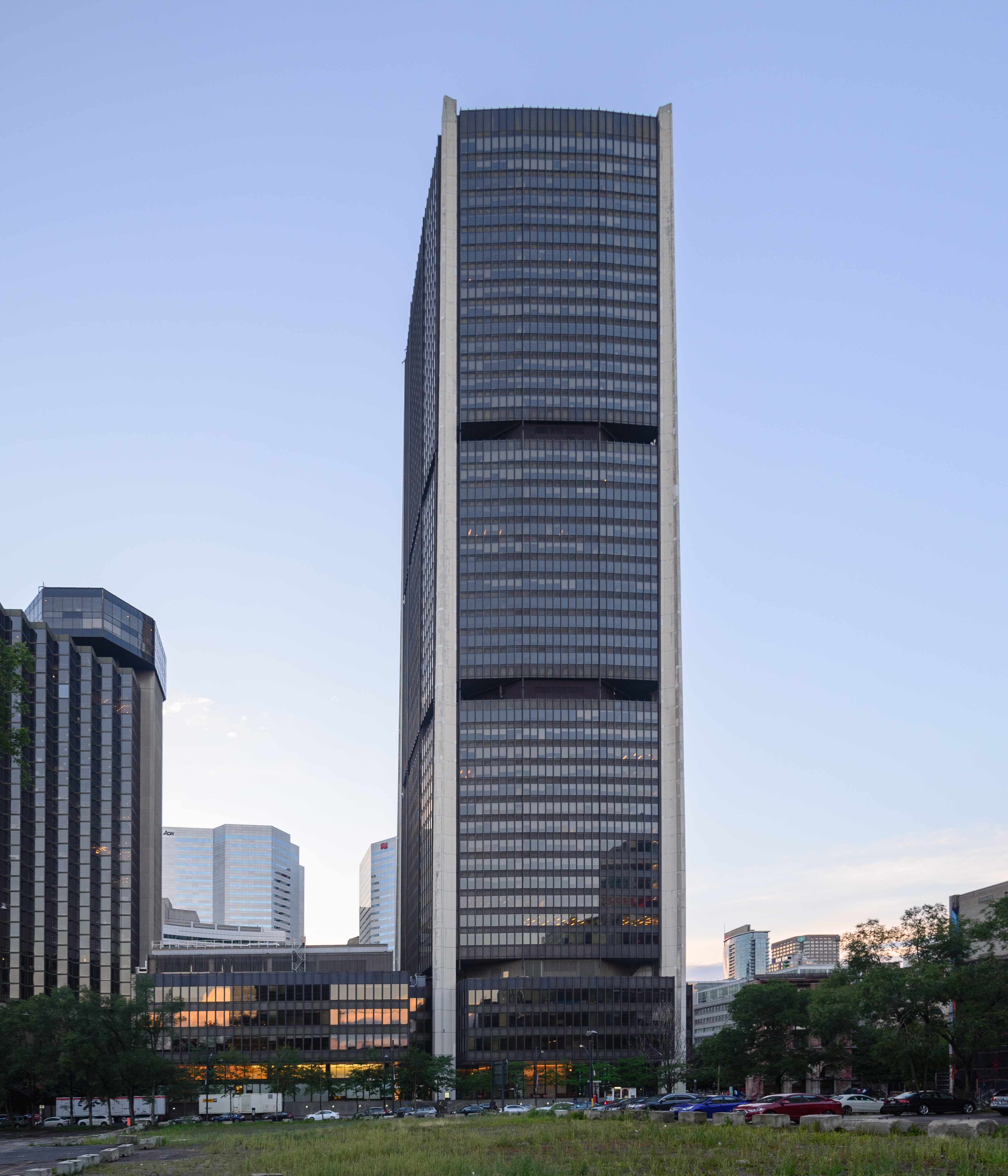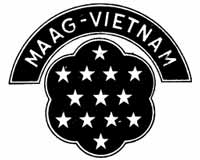|
Tan Son Nhut AB
Tan Son Nhut Air Base ( vi, Căn cứ không quân Tân Sơn Nhứt) (1955–1975) was a Republic of Vietnam Air Force (RVNAF) facility. It was located near the city of Saigon in southern Vietnam. The United States used it as a major base during the Vietnam War (1959–1975), stationing Army, Air Force, Navy, and Marine units there. Following the Fall of Saigon, it was taken over as a Vietnam People's Air Force (VPAF) facility and remains in use today. Tan Son Nhat International Airport, ( IATA: SGN, ICAO: VVTS) has been a major Vietnamese civil airport since the 1920s. Early history Tan Son Nhat Airport was built by the French in the 1930s when the French Colonial government of Indochina constructed a small unpaved airport, known as Tan Son Nhat Airfield, in the village of Tan Son Nhat to serve as Saigon's commercial airport. Flights to and from France, as well as within Southeast Asia were available prior to World War II. During World War II, the Imperial Japanese Army u ... [...More Info...] [...Related Items...] OR: [Wikipedia] [Google] [Baidu] |
Vietnam Air Force (south) Roundel
The Vietnam People's Air Force (VPAF, ), formally refers itself as the Air Defence - Air Force (ADAF, ) or the Vietnamese Air Force (VNAF, ), is the aerial warfare service branch of Vietnam. It is the successor of the former North Vietnamese Air Force and absorbed the South Vietnamese Air Force following the reunification of Vietnam in 1975 and is one of three main branches of the People's Army of Vietnam, which is under the control of the Ministry of National Defence. The main mission of the VPAF is the defence of Vietnamese airspace and the provision of air cover for operations of the People's Army of Vietnam. History Early years The first aircraft in service for the Vietnamese Armed Forces were two trainers, a de Havilland Tiger Moth and a Morane-Saulnier, which were initially the private property of the emperor Bảo Đại. In 1945, Bảo Đại gave the aircraft to the Vietnamese government. Until 1950, even though the Vietnam People's Army (VPA) had acquired credibl ... [...More Info...] [...Related Items...] OR: [Wikipedia] [Google] [Baidu] |
IATA
The International Air Transport Association (IATA ) is a trade association of the world's airlines founded in 1945. IATA has been described as a cartel since, in addition to setting technical standards for airlines, IATA also organized tariff conferences that served as a forum for price fixing. Consisting in 2016 of 290 airlines, primarily major carriers, representing 117 countries, the IATA's member airlines account for carrying approximately 82% of total available seat miles air traffic. IATA supports airline activity and helps formulate industry policy and standards. It is headquartered in Canada in the city of Montréal, with executive offices in Geneva, Switzerland. History IATA was formed in April 1945 in Havana, Cuba. It is the successor to the International Air Traffic Association, which was formed in 1919 at The Hague, Netherlands. At its founding, IATA consisted of 57 airlines from 31 countries. Much of IATA's early work was technical and IATA provided input to the ... [...More Info...] [...Related Items...] OR: [Wikipedia] [Google] [Baidu] |
French Air Force
The French Air and Space Force (AAE) (french: Armée de l'air et de l'espace, ) is the air and space force of the French Armed Forces. It was the first military aviation force in history, formed in 1909 as the , a service arm of the French Army; it became an independent military branch in 1934 as the French Air Force. On 10 September 2020, it assumed its current name, the French Air and Space Force, to reflect an "evolution of its mission" into the area of outer space. The number of aircraft in service with the French Air and Space Force varies depending on the source; the Ministry of Armed Forces gives a figure of 658 aircraft in 2014. According to 2018 data, this figure includes 210 combat aircraft: 115 Dassault Mirage 2000 and 95 Dassault Rafale. As of 2021, the French Air and Space Force employs a total of 40,500 regular personnel, with a reserve element of 5,187 in 2014. The Chief of Staff of the French Air and Space Force (CEMAAE) is a direct subordinate of the Chief of ... [...More Info...] [...Related Items...] OR: [Wikipedia] [Google] [Baidu] |
RMK-BRJ
RMK-BRJ was an American construction consortium of four of the largest American companies, put together by the United States Navy during the Vietnam War. Its purpose was to build critically needed infrastructure in South Vietnam, so that the Americans could escalate the introduction of American combat troops and materiel into Vietnam. This construction contract, amounting to $1.9 billion (equivalent to $14 billion in 2017 dollars), completed a construction program deemed to be the largest in history up to that time. The consortium derived its name from its four constituent companies: Raymond International, Morrison-Knudsen, Brown & Root, and J.A. Jones. Over the ten-year life of the contract, RMK-BRJ trained 200,000 Vietnamese workers in construction and administrative trades. The use of a civilian contractor and construction force in an active theater of combat operations was authorized for the first time in U.S. history. Construction contract Context In the 1950s, the Uni ... [...More Info...] [...Related Items...] OR: [Wikipedia] [Google] [Baidu] |
Officer In Charge Of Construction RVN
Officer in Charge of Construction, Republic of Vietnam (OICC RVN), was a position established by the U.S. Navy Bureau of Yards and Docks in 1965 to manage the large construction program in South Vietnam assigned to RMK-BRJ, a consortium of four of the largest American construction companies. This construction program was to prepare the infrastructure in South Vietnam to allow escalation of U.S. troop levels into Vietnam during the Vietnam War and supply them with facilities and matériel. This program became the largest construction program and contract in history up to that time. The position ended in 1972 with the completion of the RMK-BRJ contract. The result was a transformation of southern Vietnam from an area of little infrastructure to the industrial country today that continues to rely on the new ports, airfields, highways, and bridges constructed under this program. As the journalist Richard Tregaskis put it, the bases built under this huge construction program “had the i ... [...More Info...] [...Related Items...] OR: [Wikipedia] [Google] [Baidu] |
Military Assistance Advisory Group
Military Assistance Advisory Group (MAAG) is a designation for United States military advisors sent to other countries to assist in the training of conventional armed forces and facilitate military aid. Although numerous MAAGs operated around the world throughout the 1940s–1970s, including in Yugoslavia after 1951, the most famous MAAGs were those active in Southeast Asia before and during the Vietnam War. Typically, the personnel of MAAGs were considered to be technical staff attached to, and enjoying the privileges of, the US diplomatic mission in a country. "The special status of personnel serving in Military Advisory Assistance Groups (MAAG) results from their position as an integral part of the Embassy of the United States where they perform duty." Although the term is not as widespread as it once was, the functions performed by MAAGs continue to be performed by successor organizations attached to embassies, often called United States Military Groups (USMILGP or MILGRP). ... [...More Info...] [...Related Items...] OR: [Wikipedia] [Google] [Baidu] |
Republic Of Vietnam
South Vietnam, officially the Republic of Vietnam ( vi, Việt Nam Cộng hòa), was a state in Southeast Asia that existed from 1955 to 1975, the period when the southern portion of Vietnam was a member of the Western Bloc during part of the Cold War after the 1954 division of Vietnam. It first received international recognition in 1949 as the State of Vietnam within the French Union, with its capital at Saigon (renamed to Ho Chi Minh City in 1976), before becoming a republic in 1955. South Vietnam was bordered by North Vietnam to the north, Laos to the northwest, Cambodia to the southwest, and Thailand across the Gulf of Thailand to the southwest. Its sovereignty was recognized by the United States and 87 other nations, though it failed to gain admission into the United Nations as a result of a Soviet veto in 1957. It was succeeded by the Republic of South Vietnam in 1975. The end of the Second World War saw anti-Japanese Việt Minh guerrilla forces, led by communist fi ... [...More Info...] [...Related Items...] OR: [Wikipedia] [Google] [Baidu] |
International Cooperation Administration
The International Cooperation Administration (ICA) was a United States government agency operating from June 30, 1955 until September 4, 1961, responsible for foreign assistance and 'nonmilitary security' programs. It was the predecessor of the present-day U.S. Agency for International Development. History The International Cooperation Administration (ICA) was established by the U.S. State Department Delegation of Authority 85, from June 30, 1955, pursuant to EO 10610, May 9, 1955. Its predecessor was the Foreign Operations Administration (FOA) founded in 1953. Both organizations coordinated foreign assistance operations and conducted all nonmilitary security programs for the United States. On September 4, 1961 the ICA was abolished by act of Congress (75 Stat. 446) and all functions were transferred to U.S. Agency for International Development. The ICA consisted of several departments or agencies organized by region. They included the Institute of Inter-American Affairs. His ... [...More Info...] [...Related Items...] OR: [Wikipedia] [Google] [Baidu] |
Imperial Japanese Army
The was the official ground-based armed force of the Empire of Japan from 1868 to 1945. It was controlled by the Imperial Japanese Army General Staff Office and the Ministry of the Army, both of which were nominally subordinate to the Emperor of Japan as supreme commander of the army and the Imperial Japanese Navy. Later an Inspectorate General of Aviation became the third agency with oversight of the army. During wartime or national emergencies, the nominal command functions of the emperor would be centralized in an Imperial General Headquarters (IGHQ), an ad hoc body consisting of the chief and vice chief of the Army General Staff, the Minister of the Army, the chief and vice chief of the Naval General Staff, the Inspector General of Aviation, and the Inspector General of Military Training. History Origins (1868–1871) In the mid-19th century, Japan had no unified national army and the country was made up of feudal domains (''han'') with the Tokugawa shogunate (''bakufu ... [...More Info...] [...Related Items...] OR: [Wikipedia] [Google] [Baidu] |




.jpg)